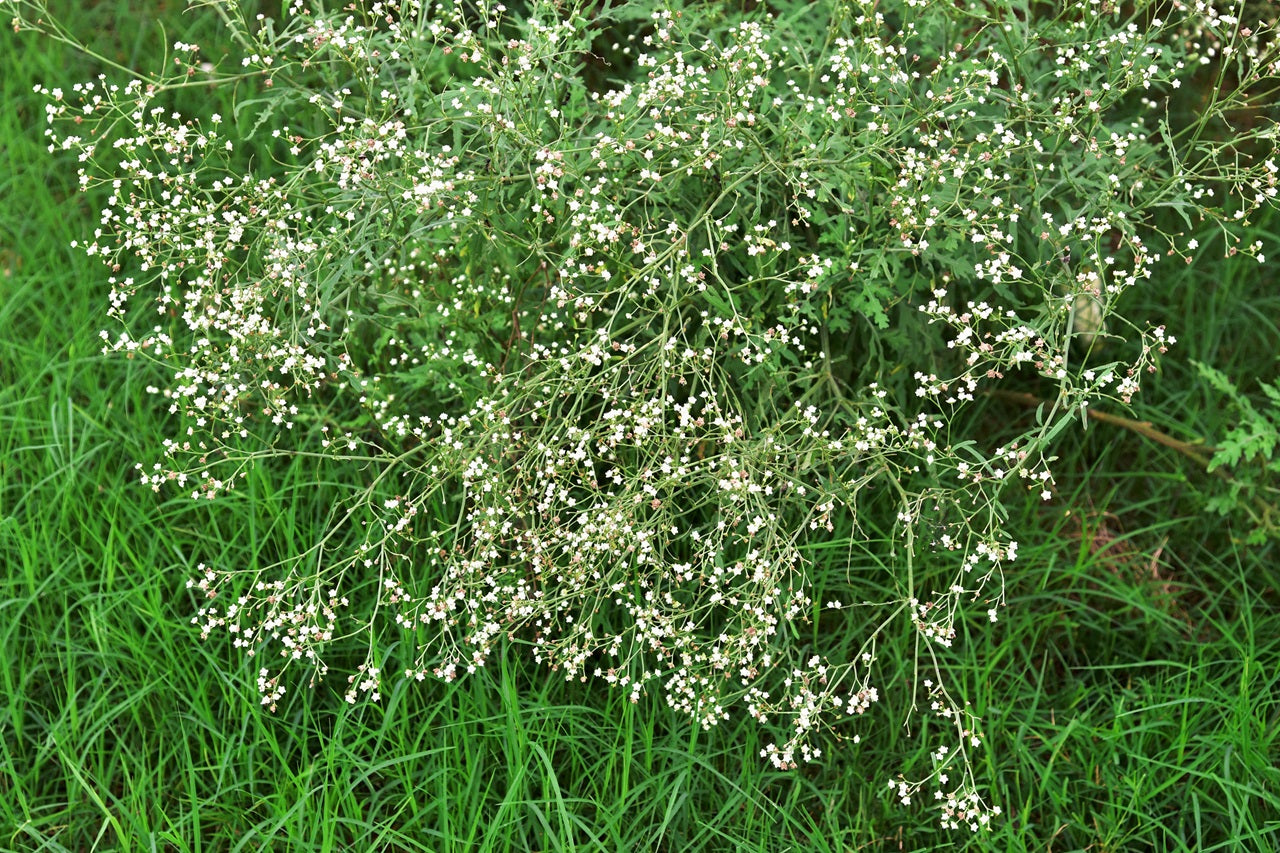
Mower Hygiene: Safeguarding Against Weed Spread
Mower Hygiene: Safeguarding Against Weed Spread
Mowing is a common practice in land management, from maintaining pristine lawns to controlling vegetation along roadways. However, it can unintentionally become a vector for spreading weeds, endangering landscapes, and agricultural areas. In this article, we will explore the critical importance of mower hygiene in preventing the spread of weeds. We'll also outline essential protocols and practices to ensure weed hygiene in mowing operations.
The Hidden Threat of Weeds in Mowing
Unseen Intruders
Mowers, whether for landscaping, agriculture, or roadside maintenance, can unknowingly transport weed seeds, plant fragments, or viable propagules from one area to another.
Ecological and Economic Consequences
Weed spread through mowing operations can lead to infestations in previously weed-free areas, impacting native flora, agricultural yields, and budgets dedicated to weed management.

Protocols for Weed Hygiene in Mowing
Equipment Inspection
Regularly inspect mowing equipment, including blades, undercarriage, and discharge chutes, for weed residues or seeds.
Cleaning Procedures
Implement thorough cleaning protocols after each mowing operation. This includes removing all plant material from the equipment.
Hygiene Stations
Establish designated cleaning and decontamination stations at mowing sites to prevent the spread of weed seeds between areas.

Worker Training and Awareness
Training Programs
Educate workers and operators about the importance of weed hygiene, emphasising the role they play in preventing weed spread.
Visual Identification
Train personnel to recognise common weed species in the areas they work to facilitate early detection and prompt action.
Site-Specific Protocols
Risk Assessment
Conduct risk assessments to identify high-risk areas where weed spread through mowing operations is more likely and restrict or modify these activities to reduce the risk spread.
Weed-Free Zones
Define and maintain weed-free zones to prevent the introduction of weeds into pristine areas. Attempt control on infested areas before recommencing with mowing activities.

Reporting and Documentation
Record Keeping
Maintain detailed records of mowing activities, including dates, locations, and any observed weed infestations.
Incident Reporting
Implement a reporting system for any suspected or confirmed weed infestations resulting from mowing operations.
Collaborative Efforts
Communication
Collaborate with neighbouring landowners, land managers, and relevant authorities to share information on weed outbreaks and control efforts.
Best Practices
Promote and adhere to industry best practices for weed hygiene in mowing, ensuring a unified approach to weed control.
Mower hygiene is a crucial component of responsible land management and weed control. By implementing rigorous protocols and practices, including equipment inspection, cleaning procedures, worker training, and collaboration, we can mitigate the risk of weed spread through mowing operations. Preventing the unintentional transport of weed seeds and propagules is not only ecologically responsible but also economically beneficial, as it safeguards landscapes, preserves agricultural productivity, and reduces the financial burden of weed management.
In the ongoing battle against invasive weeds, mower hygiene stands as a vital front-line defence.

Additional content
VIEW GWS' ADDITIONAL CONTENT TO LEARN MORE ABOUT THE WEED INDUSTRY

Water pH and the Performance of Weak Acid Herbicides
Weak-acid herbicides must remain in their non-ionised (acid) form to move efficiently through the plant cuticle. When spray water is too alkaline, the herbicide molecule becomes ionised.
Read more
Towards Modern Vegetation Management: Solutions for Australia’s Linear Infrastructure
Understanding the Changing Vegetation Challenge Vegetation management across Australia’s linear infrastructure corridors is becoming increasingly complex. Roads, rail corridors, gas pipelines, elec...
Read more
Case Study: Parthenium Weed Hygiene
Introduction: The Necessity of Weed Hygiene Management Australia’s vast expanses and diverse land uses, from grazing pastures and cropping zones to natural bushland and urban corridors are u...
Read more
